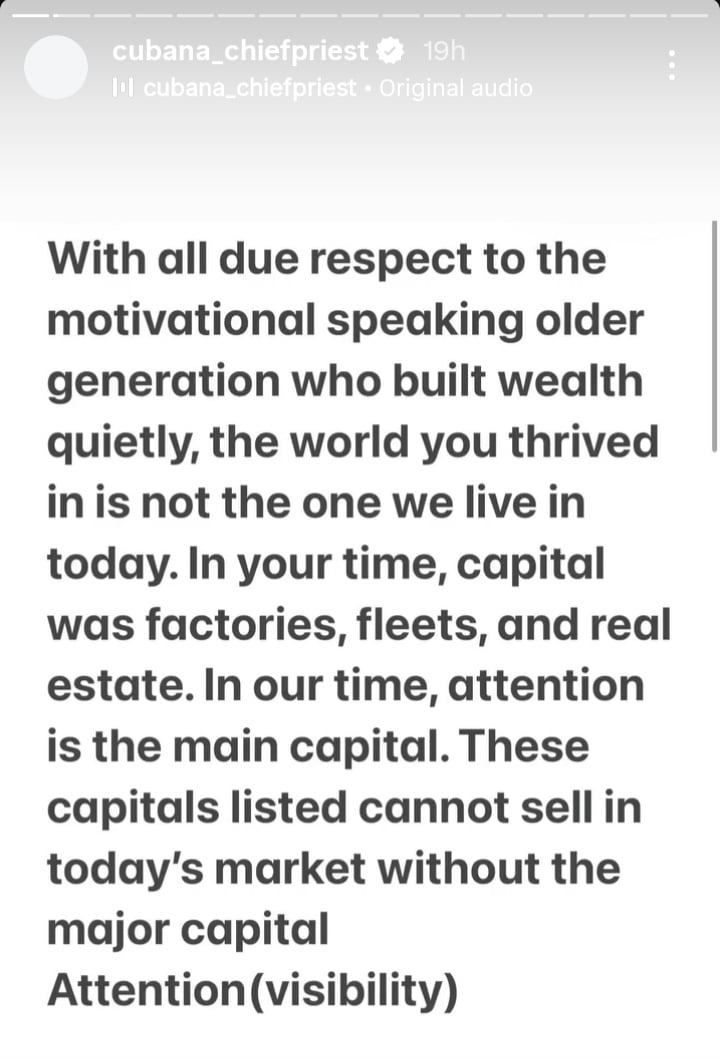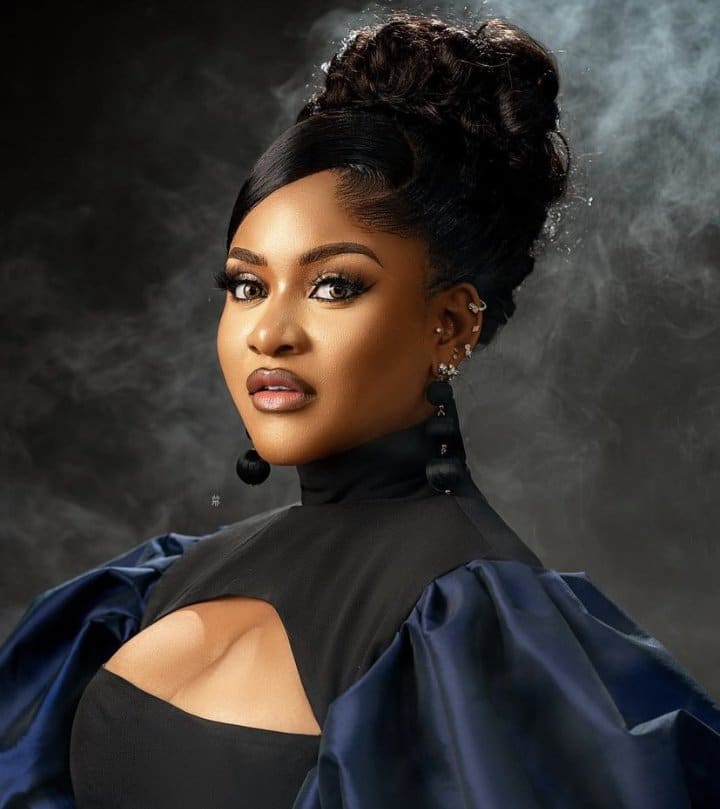When the lights flash and cameras roll at a Nollywood premiere, the movie is not the only story. The red carpet has become a runway of its own where fashion, culture and film intersect. In Nigeria today, premieres and awards nights are no longer just promotional events for actors and producers. They are cultural stages where designers, stylists, makeup artists and celebrities come together to showcase creativity, identity and glamour.
The red carpet as Nigeria’s new fashion magazine
For years Nollywood was measured by how many films were released in a week or how far they travelled across Africa. Today the conversation is just as much about what Genevieve Nnaji, Funke Akindele or Bimbo Ademoye wore to a premiere as it is about the film itself. Red carpet coverage now functions like an editorial spread in a glossy magazine. Photos travel instantly across Instagram and TikTok, critics post best dressed lists before the night is over, and blogs analyse every outfit from fabric to silhouette.
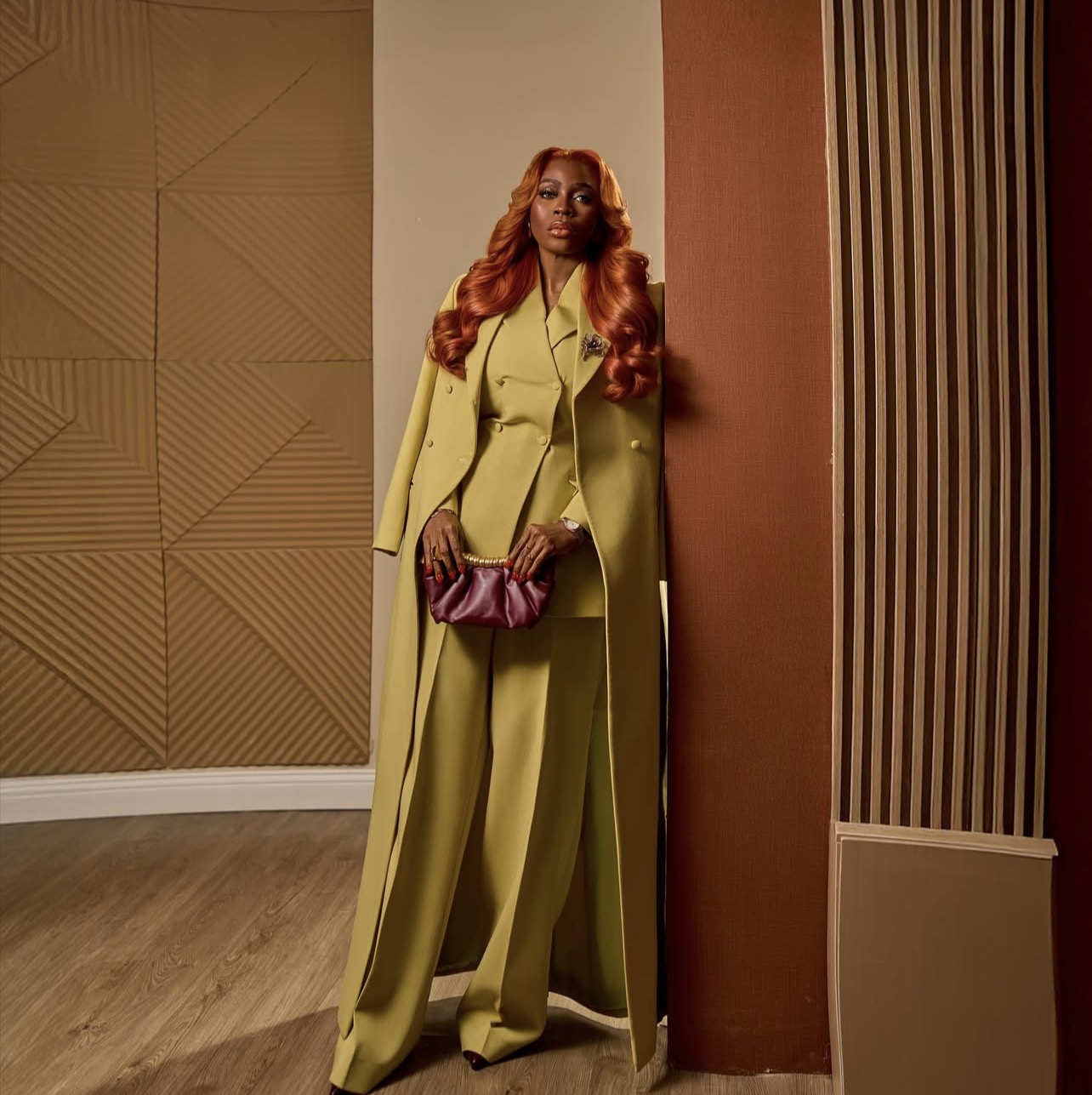
This shift has made fashion a central pillar of Nollywood’s public image. When a star steps out in a Deola Sagoe gown or a custom Lisa Folawiyo piece, it does not just end as a photo op. That moment feeds into the fashion economy, influencing how young Nigerians dress and even drawing attention from international buyers. In that sense Nollywood red carpets are not simply about celebrity vanity. They are business, branding and culture woven into one spectacle.
Designers, stylists and the Nollywood effect

The biggest names in Nigerian fashion have become red carpet staples. Deola Sagoe with her intricate couture, Lisa Folawiyo with her bold Ankara prints, Toyin Lawani with her unconventional designs, and Mai Atafo with his sharp tailoring are all regulars on the Nollywood premiere circuit. Their designs balance traditional fabrics with contemporary cuts and have often landed in international publications after a high profile red carpet outing.
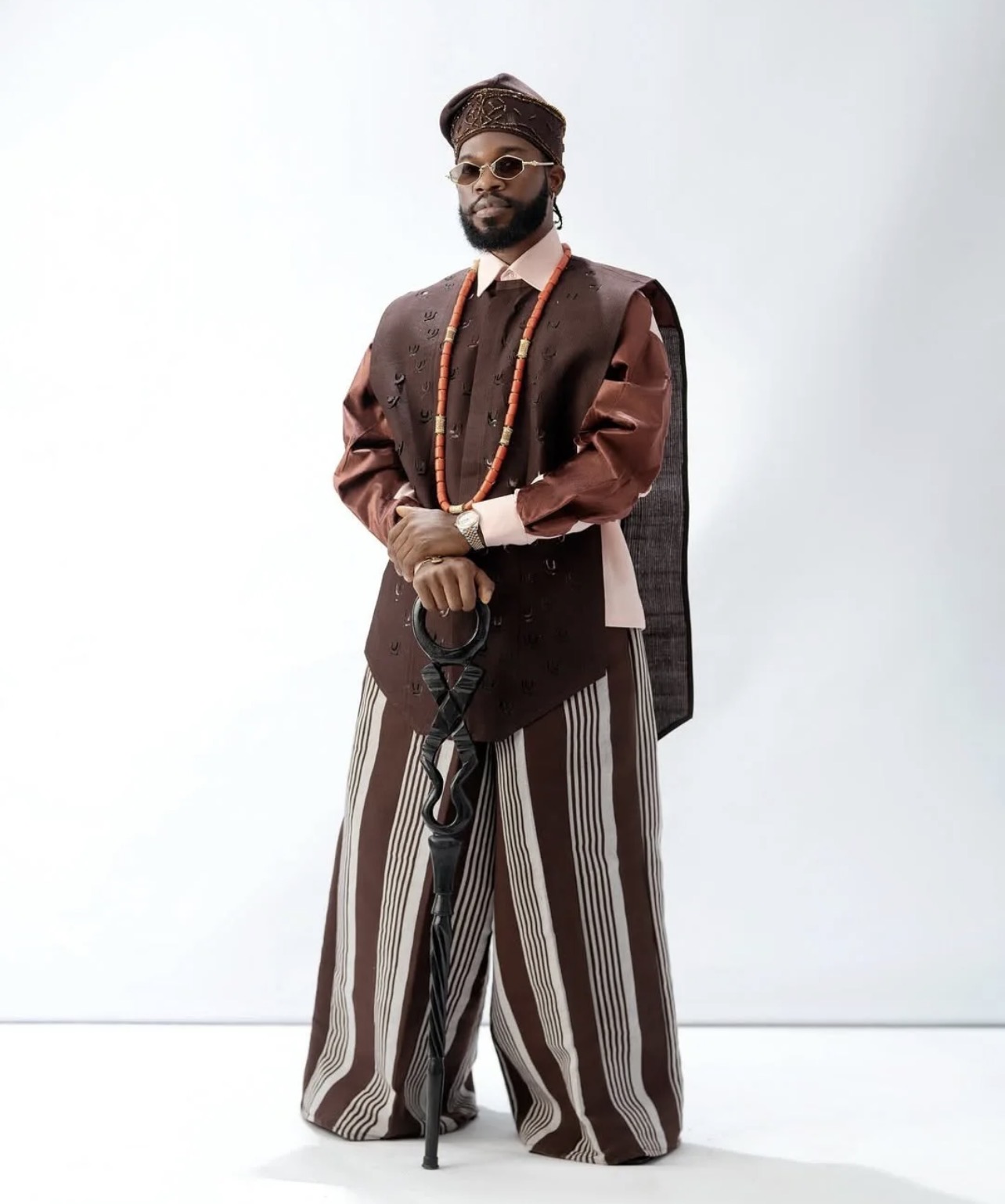
Behind these stars and designers are stylists who now wield major influence. Figures like Swanky Jerry and Yolanda Okereke have turned red carpet styling into both art and business. They are the hidden directors making sure every detail fits, from dress to accessories to hair. Their work has become so central that many actors credit them with shaping their public image. It is no longer enough to act well. To be a Nollywood star today, you must also look the part under the flashbulbs.
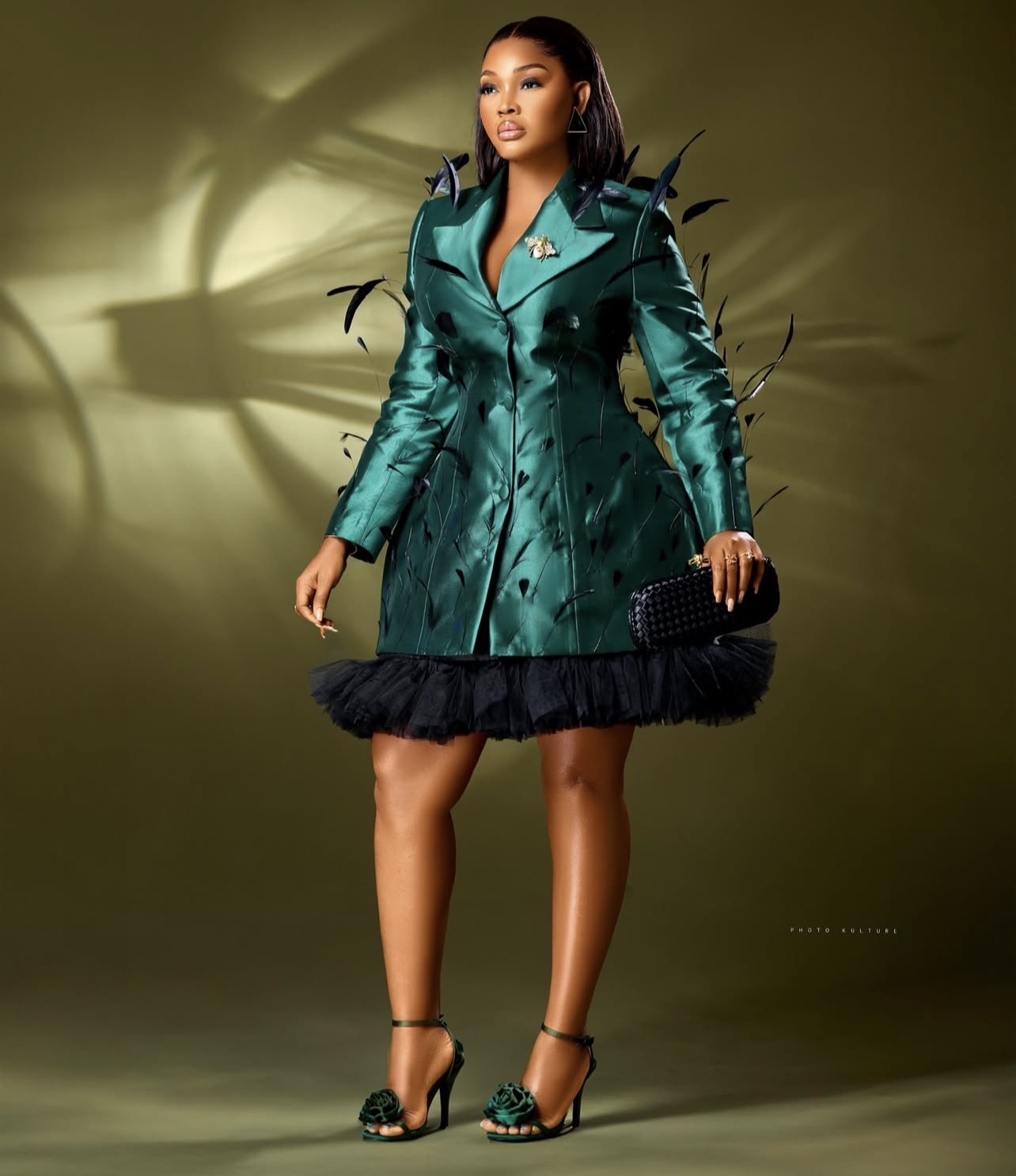
The role of social media and audience power
Social media has given the audience front row seats and loud voices. A single outfit can trend globally within hours, either praised as a “moment” or ridiculed as a miss. Top digital platforms run instant galleries of AMVCA looks and award show fashion, driving conversation for days. Young Nigerians dissect these appearances on X and Instagram, and in doing so, they set the new rules for who counts as stylish.

This immediacy puts pressure on actors and stylists. There is no room for repeating outfits or playing safe. Each premiere requires a fresh look and a bigger splash. That pressure fuels the demand for bespoke designs, rentals and sometimes very costly fashion investments. It also raises questions about sustainability and waste in Nollywood where the expectation is to wear a new outfit for every major event.
Costume design and its influence on the carpet

Interestingly, the clothes we see on screen are also feeding into what we see on the red carpet. Nollywood costume designers put a lot of work into defining characters through wardrobe. Those choices often spark trends that actors later carry into their real life appearances. A film character’s hairstyle or fashion statement can ripple into premiere looks and even street style. The cinema to street pipeline is very real, and it shows how tightly fashion and film are now connected in Nigeria.
Cultural pride, global taste and balancing
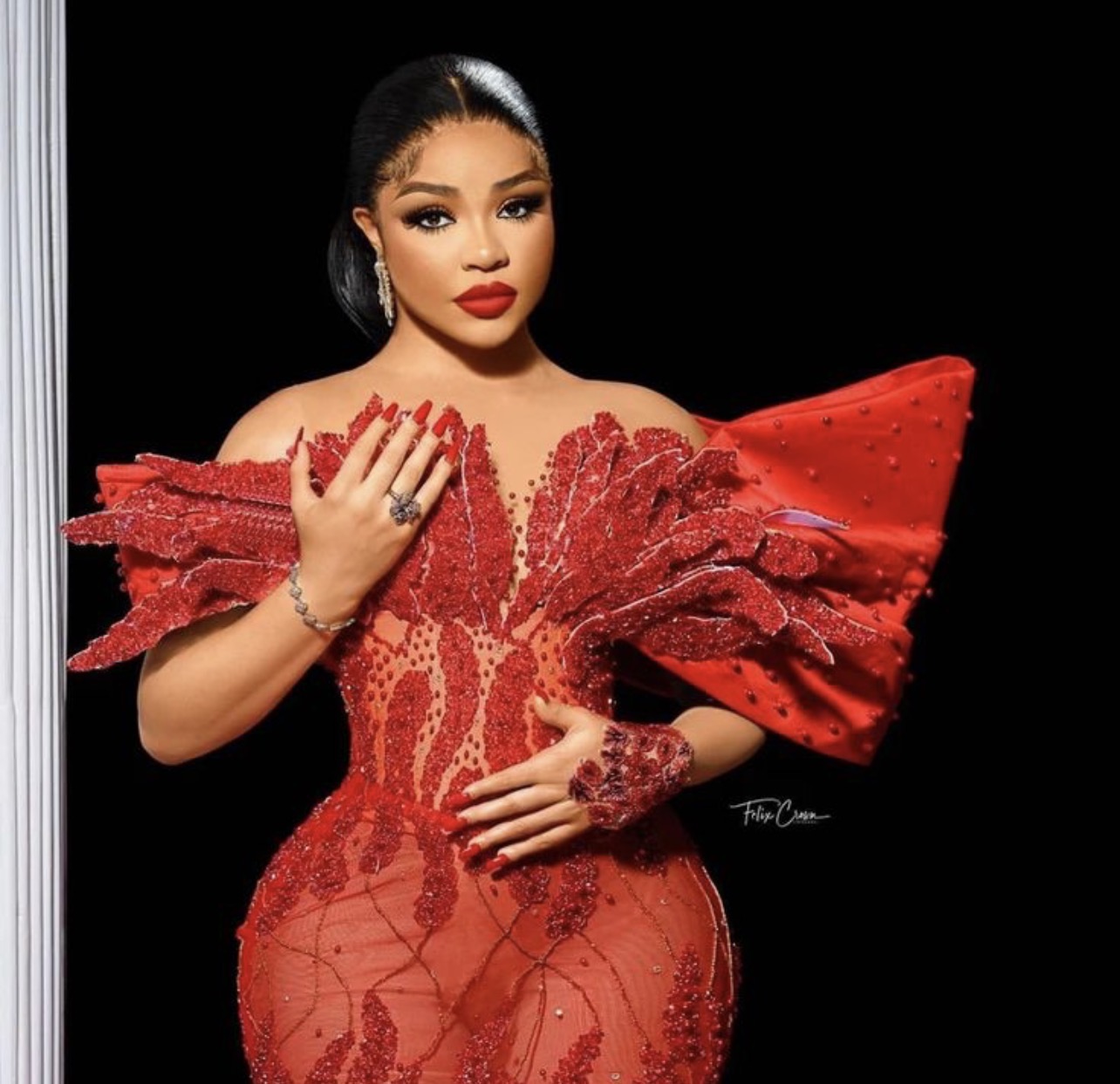
At the heart of all this is culture. Nollywood red carpets are stages where Nigerian identity is celebrated. Aso-oke, Ankara and adire fabrics appear side by side with sequins, lace and Western silhouettes. The fashion choices tell stories of heritage, pride and modern ambition. They also attract global eyes. International press covering Nollywood events often highlight the blend of traditional and contemporary style. This dual identity is part of what makes Nollywood fashion distinctive.
But it is not without debate. Some critics argue that traditional fabrics are commercialised too heavily once they become red carpet trends. Others point out that in chasing international validation, some looks stray too far from authenticity. The truth lies in the balance. Nollywood stars and designers are negotiating both worlds, preserving identity while appealing to a global fashion audience.
The cost and reward of visibility
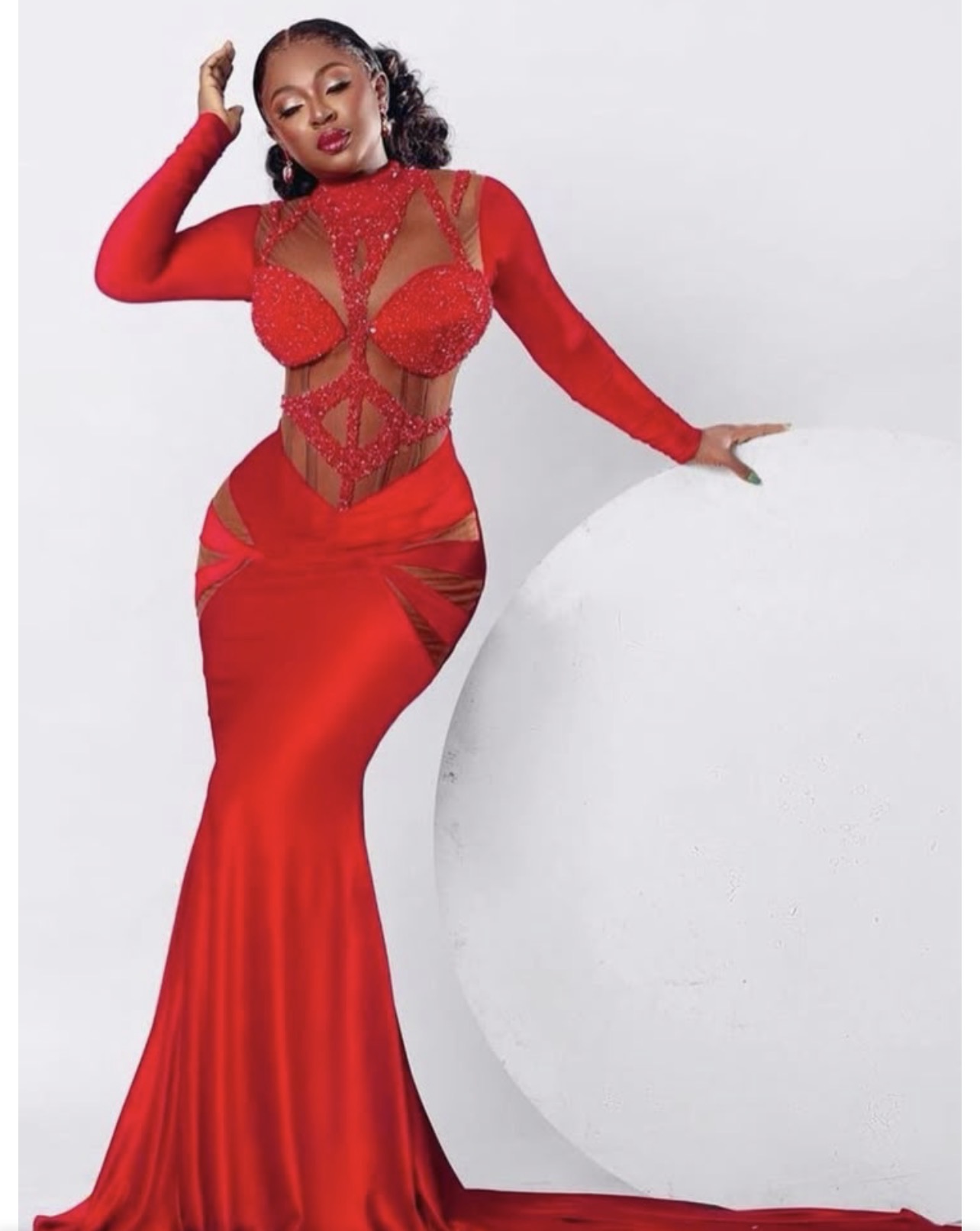
There is no denying the financial weight behind these appearances. A single premiere look can cost hundreds of thousands of naira, even millions of naira, from the designer outfit to hair, makeup and accessories. For up and coming actors, this is not always affordable, yet the red carpet is one of the fastest ways to gain visibility. Some actors see it as investment. A viral look can open endorsement deals, attract new roles and make a name in the industry overnight. For designers, the exposure can push a brand into international markets. For stylists, it cements their reputation and draws more clients.
So while the red carpet may look like pure glamour, it is also a marketplace where image is currency. Everyone involved, from the tailor in Surulere to the makeup artist in Lekki, has a stake in how the night unfolds.
Conclusion
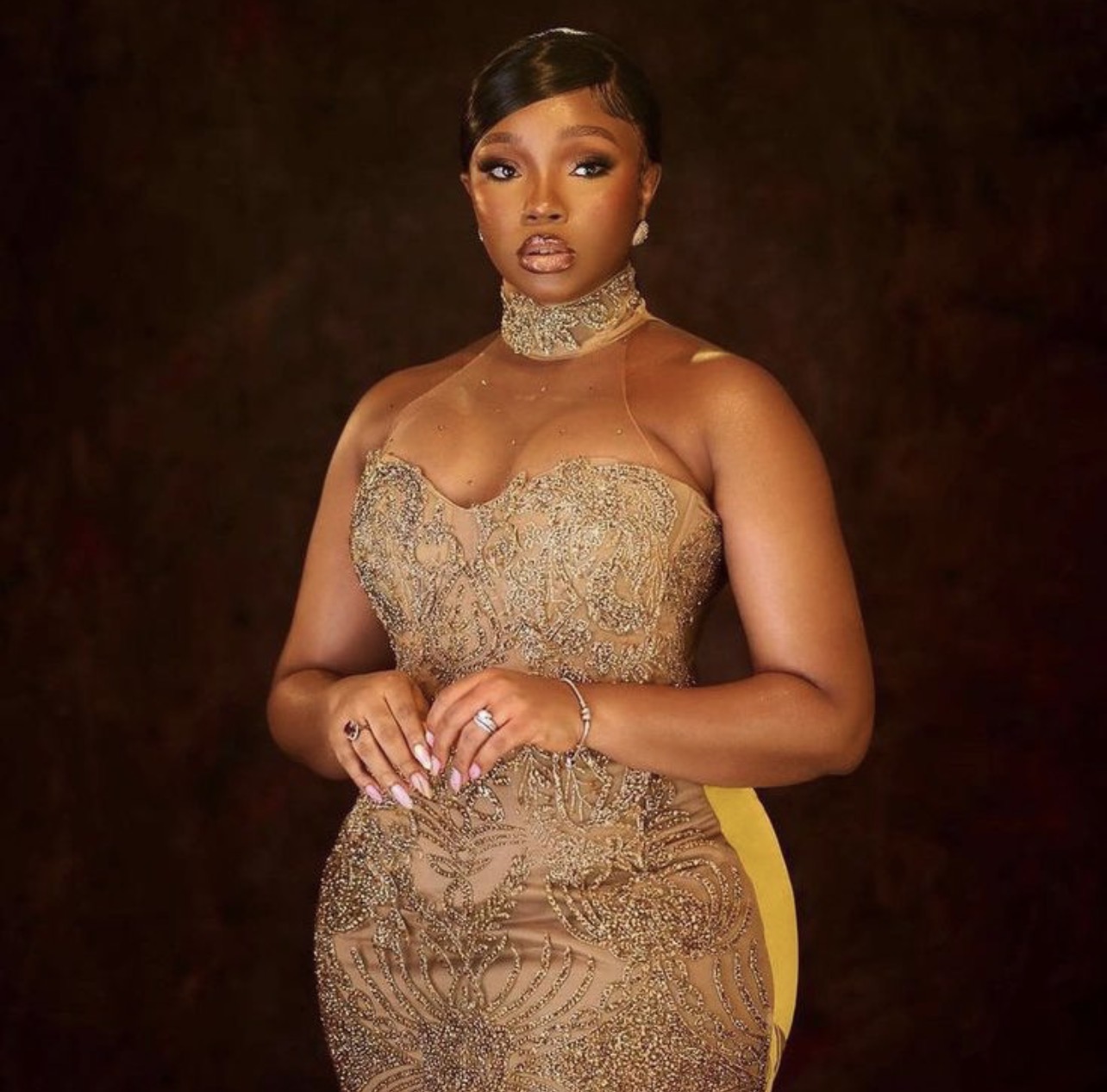
The future of Nollywood red carpet style is likely to be even more global. With Netflix and Amazon investing in Nigerian films, the premieres now attract international coverage. Designers who once only showed at Lagos Fashion Week are now using Nollywood stars as their runway to the world. Social media will continue to amplify every look, and with the growing debate about sustainability, we may begin to see more creative approaches such as outfit rewearing, rentals or recycling with bold twists.
What is sure is that fashion has cemented its role as a key player in Nollywood’s story. The film might bring the audience to the cinema, but the red carpet keeps them talking long after the credits roll. The glamour, the cultural pride, the risks and the rewards all combine to make Nollywood premieres one of the most vibrant intersections of film and fashion anywhere in the world today.


